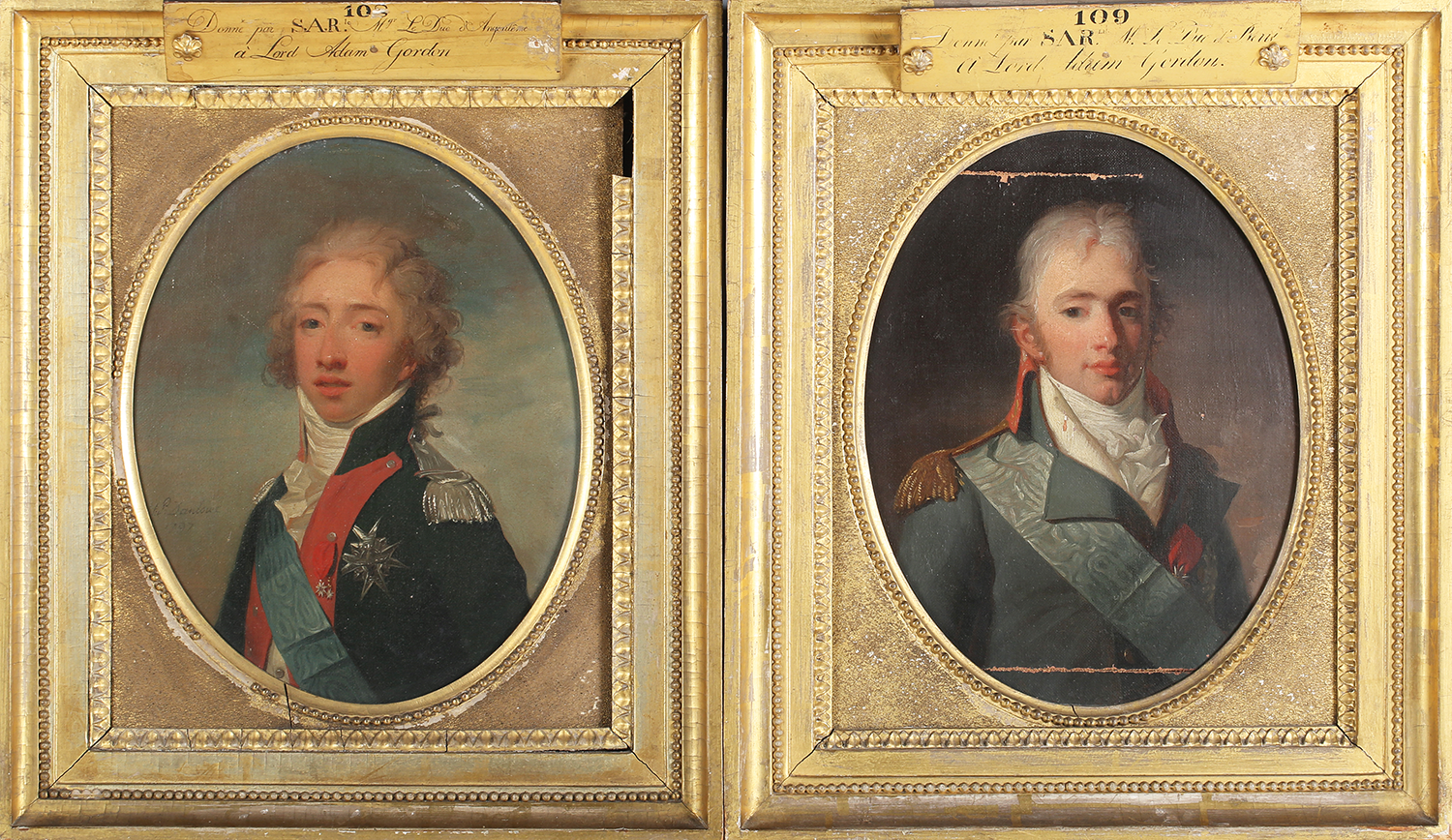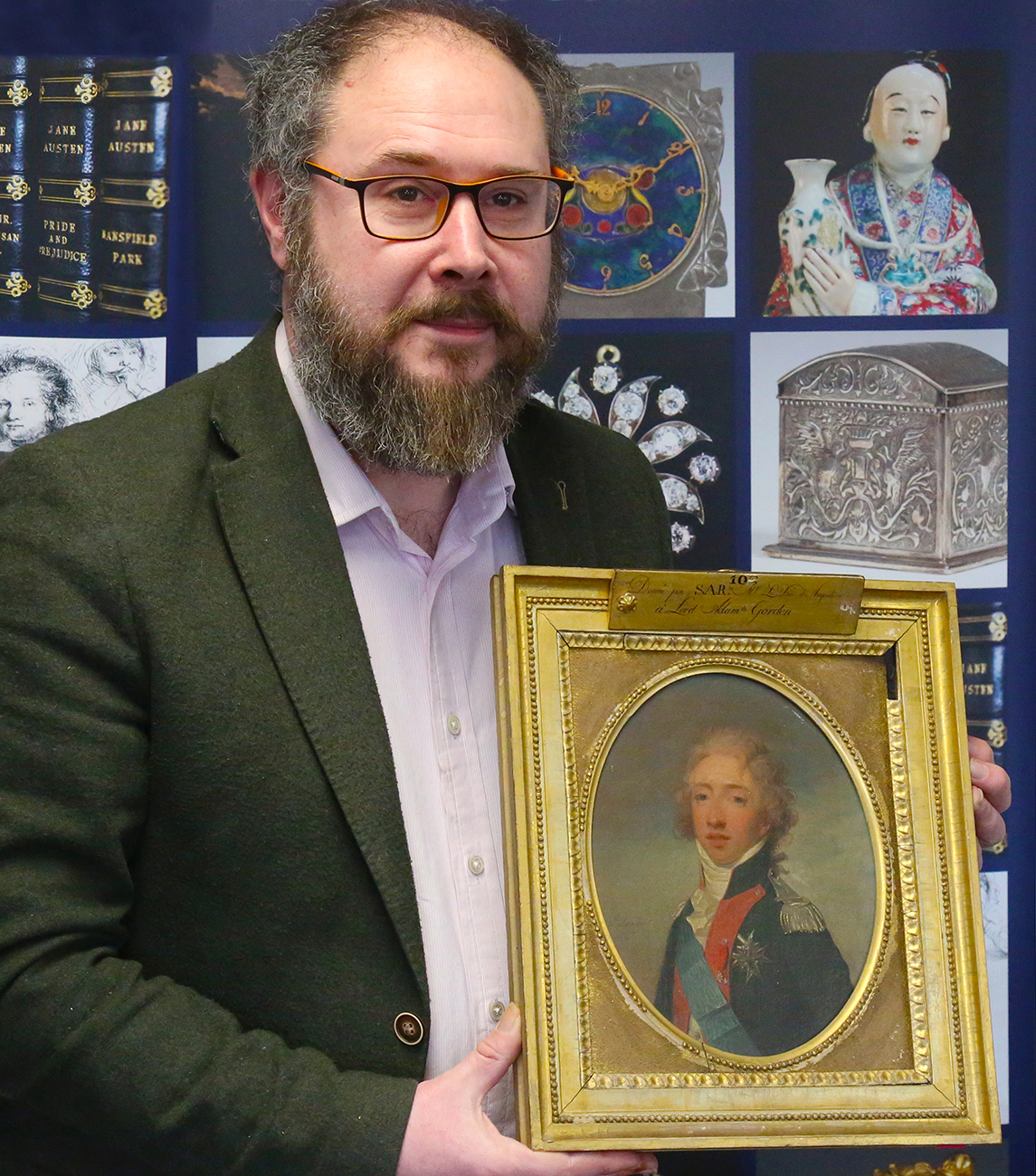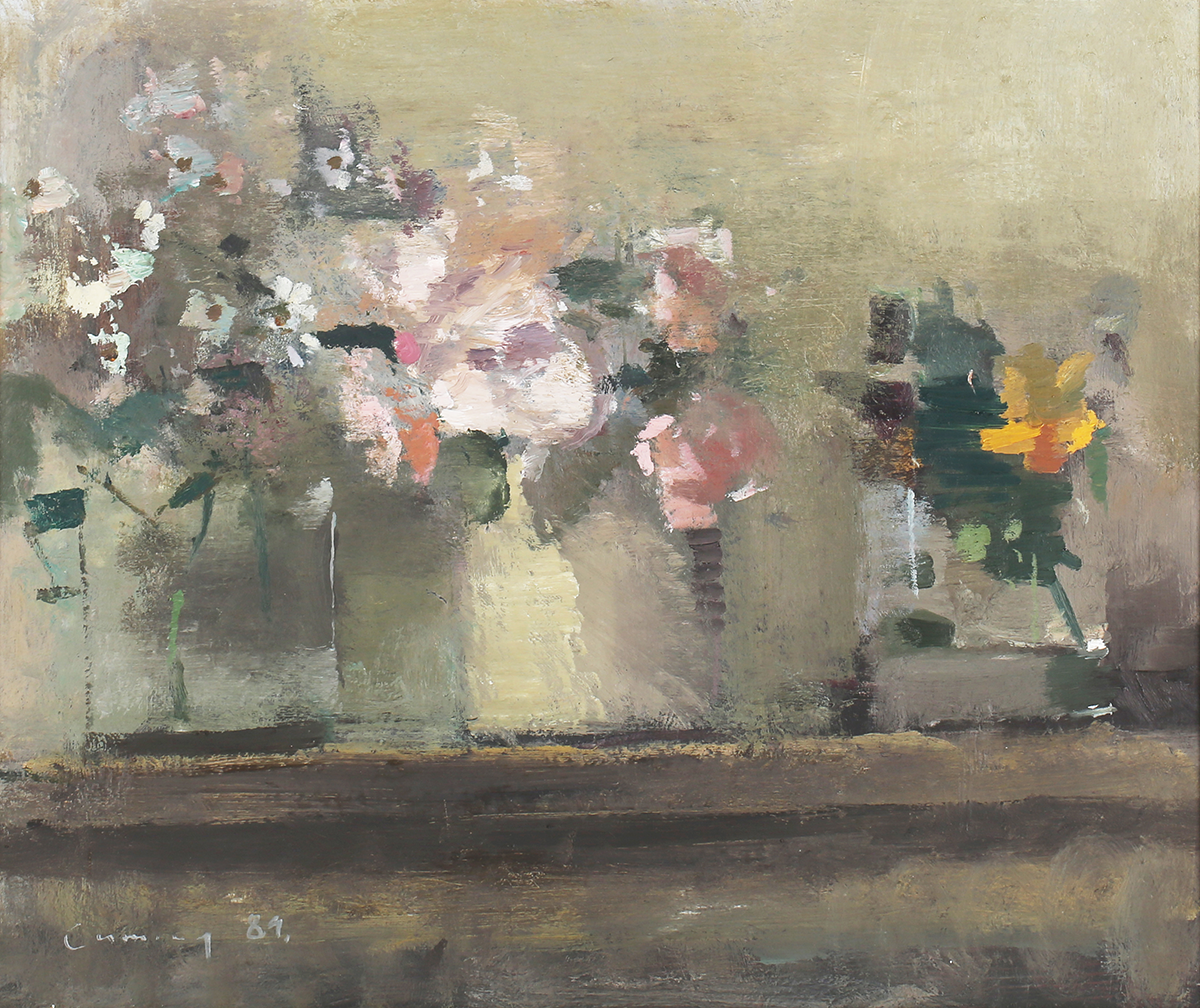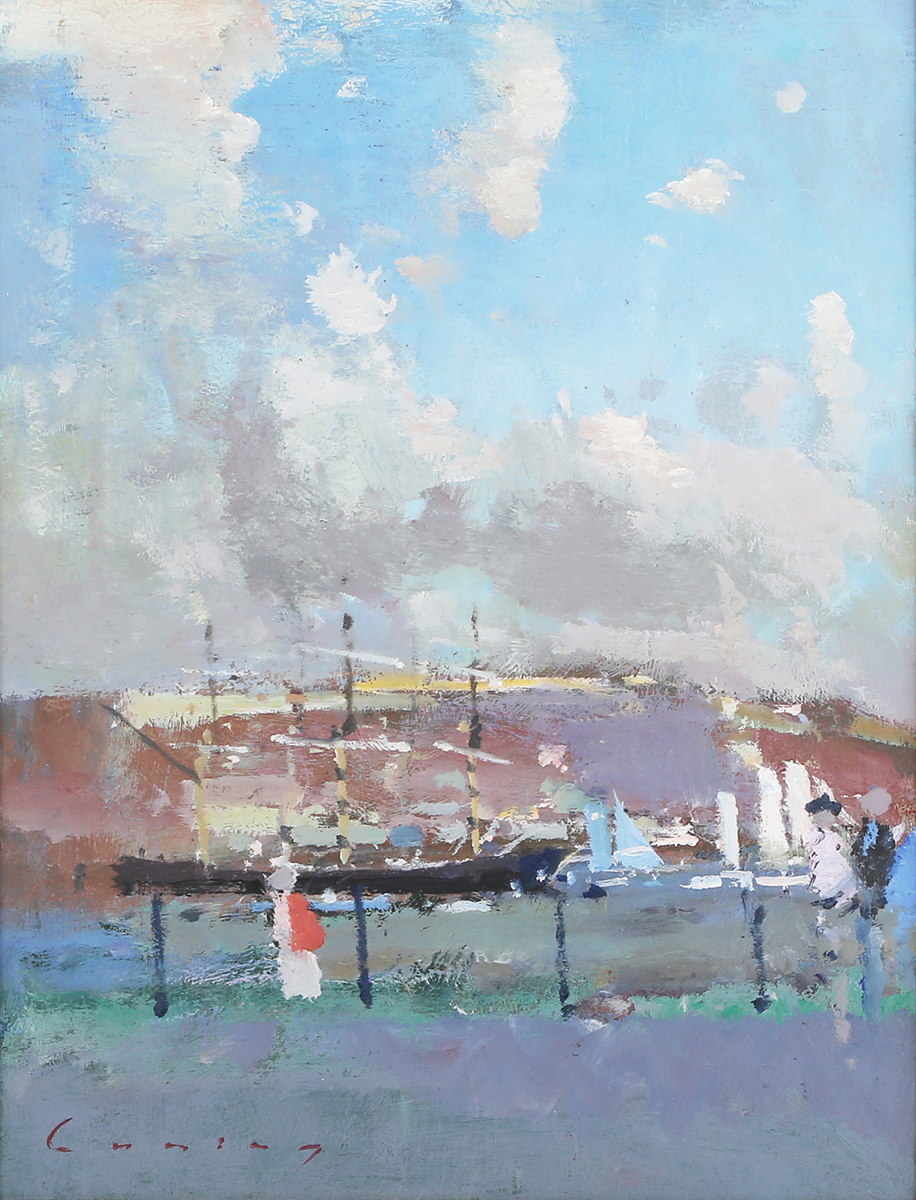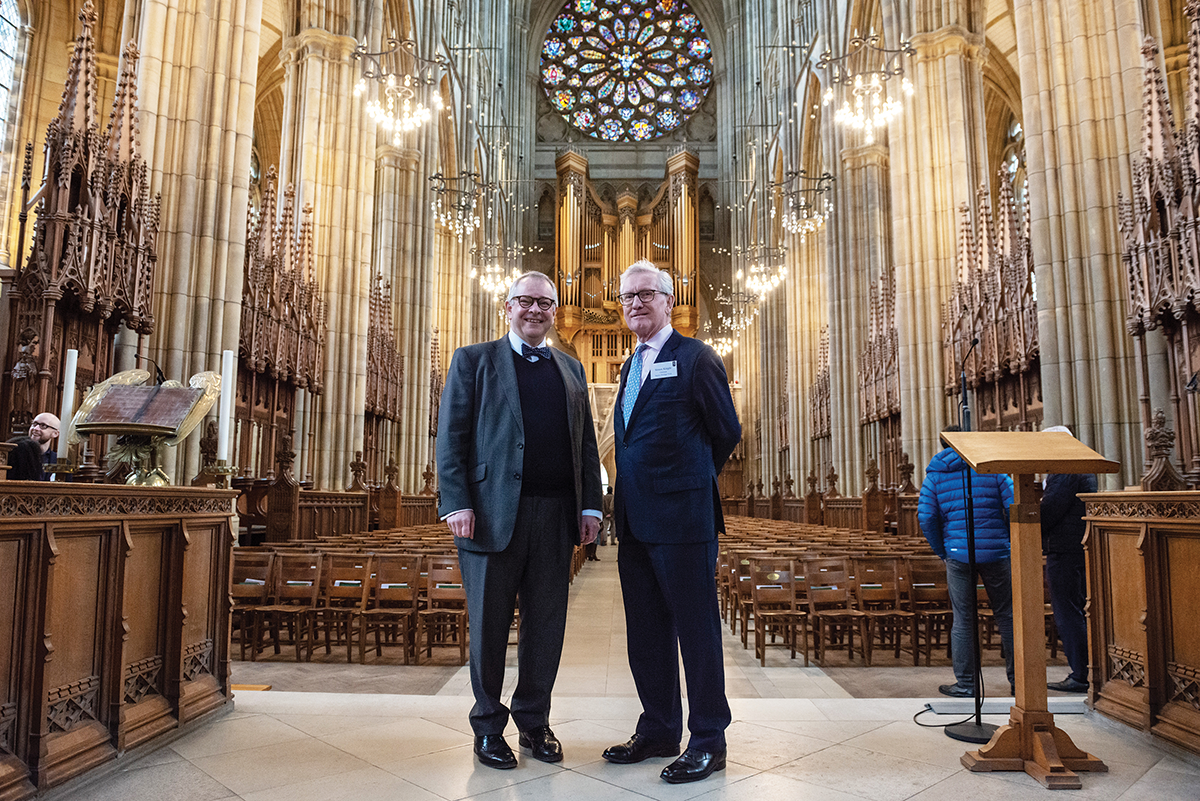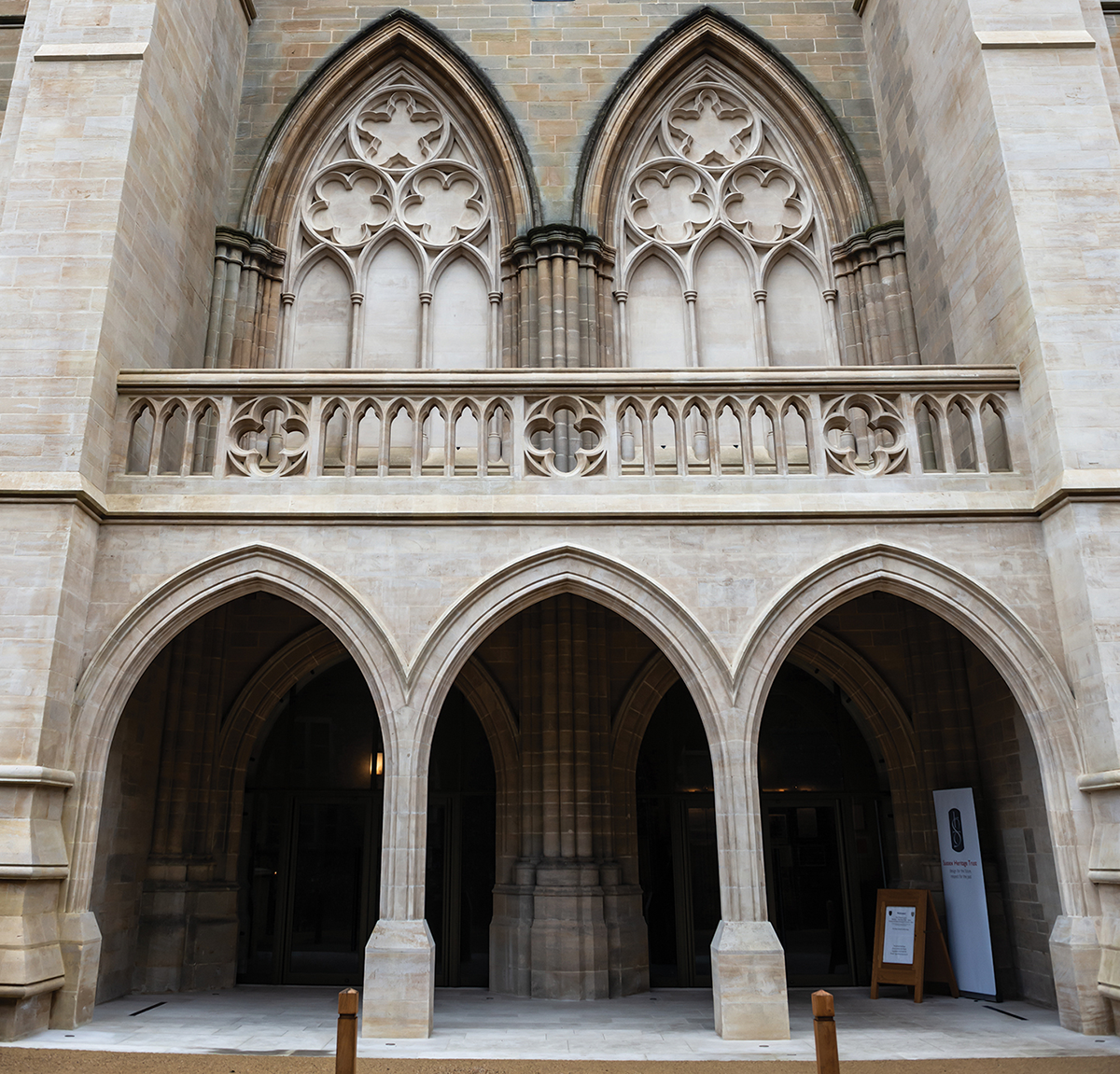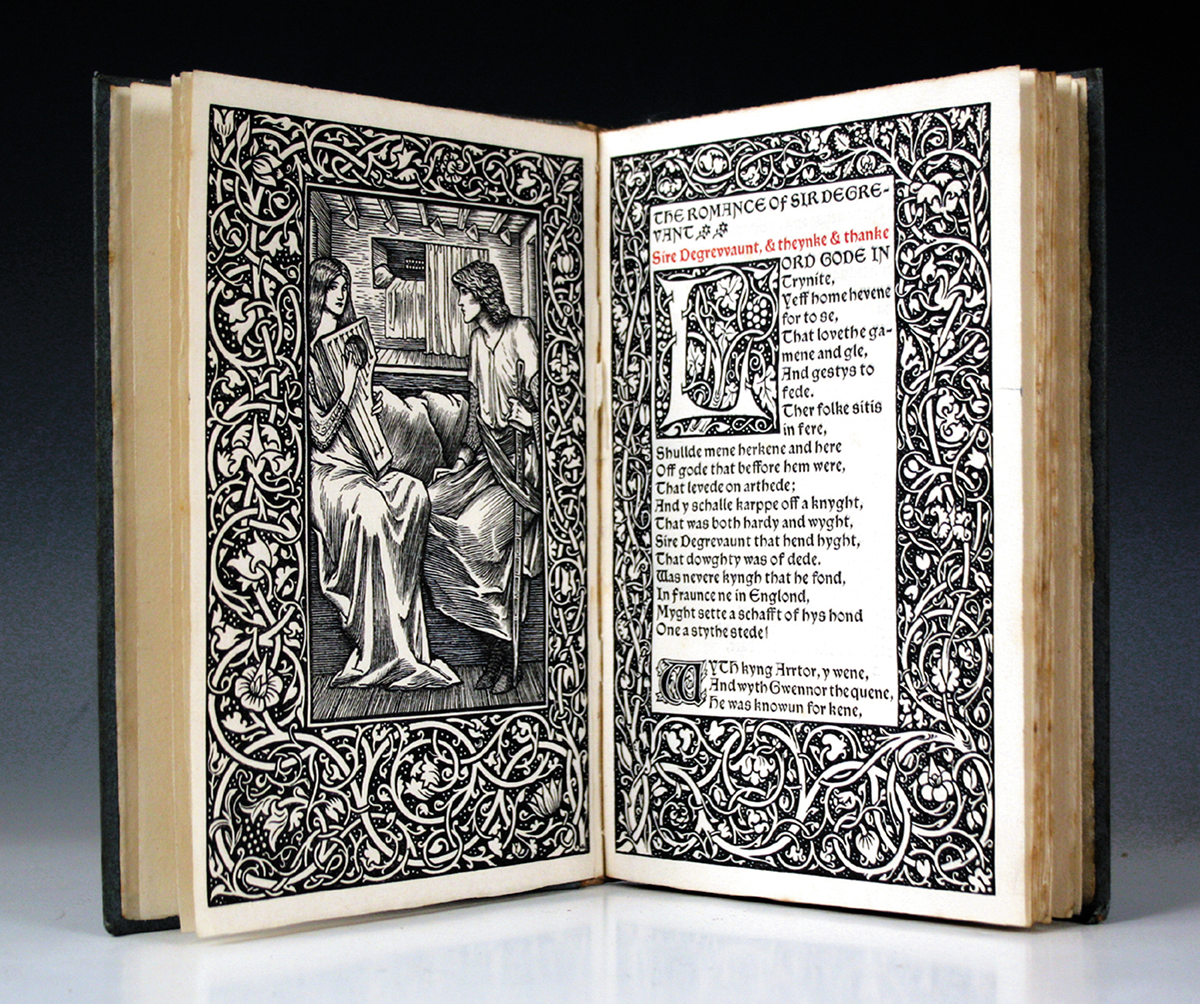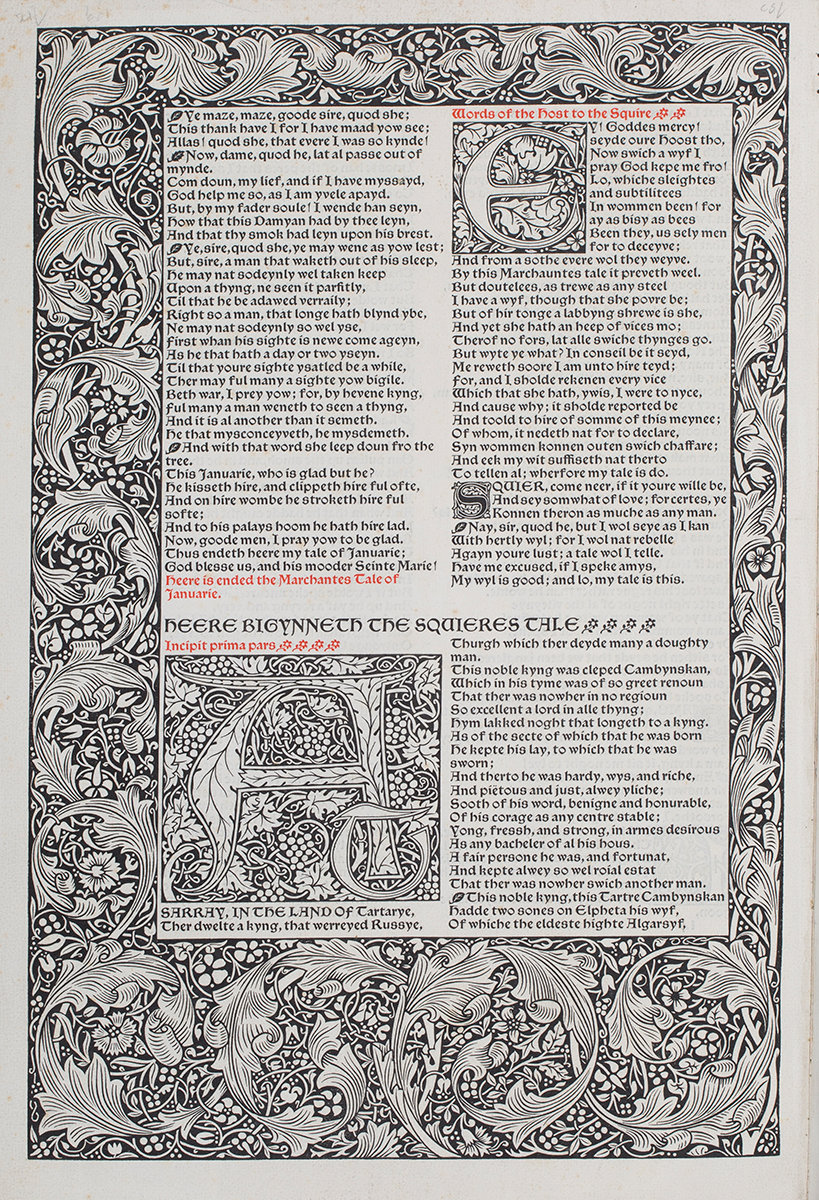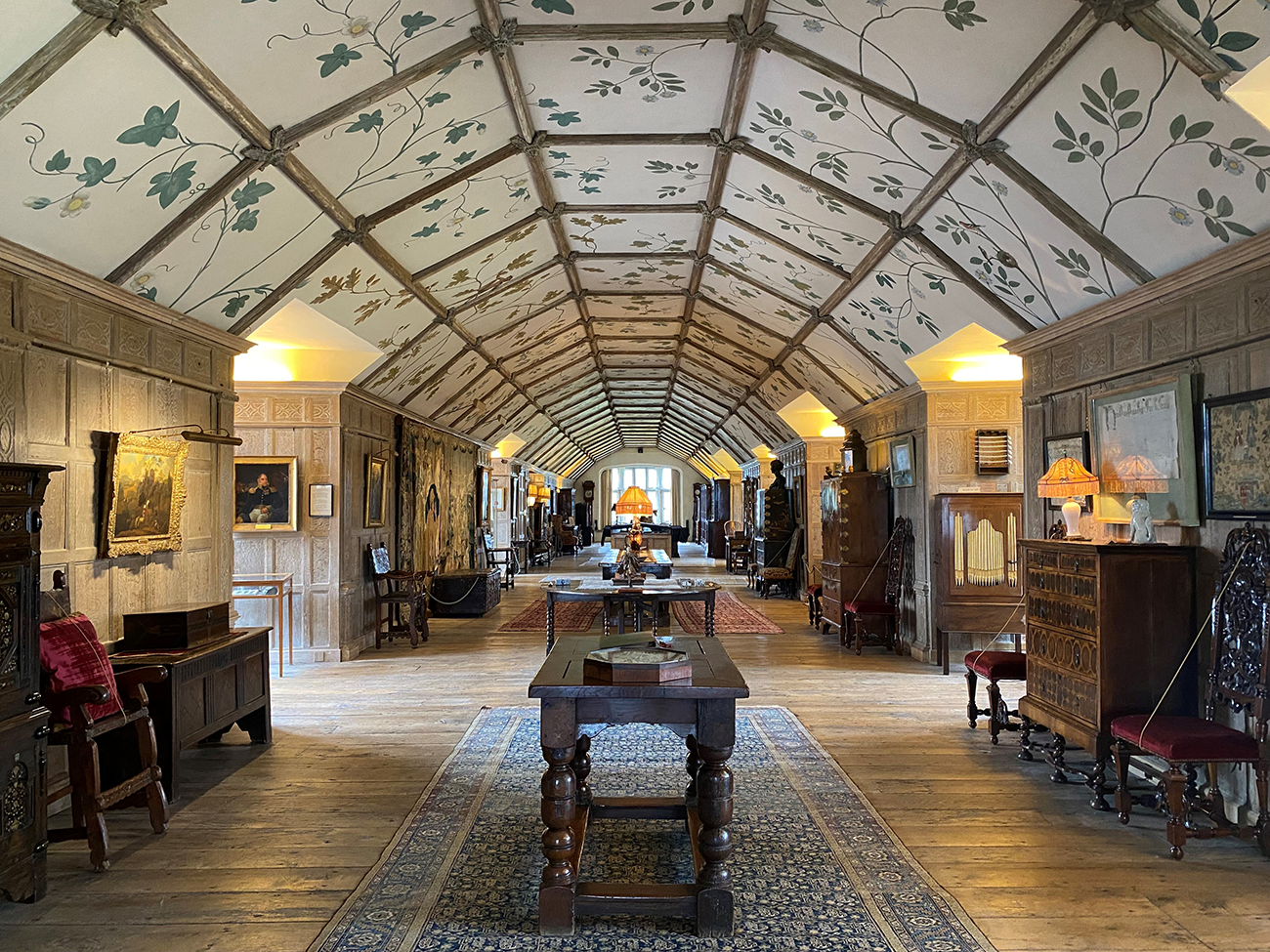
I am always delighted to return to Parham House which re-opens on Easter Sunday celebrating 75 years of welcoming the public.
For me, Parham is one of the most beautiful houses in all England. I admire this special and hopeful place and its current custodian, Lady Emma Barnard, who, with her husband James, has made this a family home and continues to steward it for us all.
Everyone has been busy preparing for the Easter opening. “I love it when the visitor season and first opening approaches,” Lady Emma declares. “It’s always exciting as the house’s treasures emerge from their winter covers – but there’s always so much to do.” This delight in sharing the joys of Parham is something Lady Emma has in common with her great-grandparents, Clive and Alicia Pearson. They opened Parham to the public in 1948, not out of need but out of a genuine desire to share their home with others, a tradition which was continued by Emma’s great-aunt, Veronica Tritton.

The pre and post-war years witnessed a renaissance in mural and wall painting with many of Britain’s leading modern artists including Stanley Spencer, Eric Ravilious, Vanessa Bell and Duncan Grant contributing to this movement. Oliver Messel’s ceiling at Parham is an eloquent example of the genre. The famous Long Gallery’s wonderful ceiling was put in by the Pearsons in the 1960s. There were no historical records of the original Elizabethan ceiling so they commissioned the theatrical set and costume designer, Oliver Messel, to decorate it. The painted design depicts an array of birds, wildlife and foliage inspired by the English countryside.
This optimistic place provides a window onto our past and our future, an historical narrative from the Elizabethan Age to today. It speaks to us of our own place in the extraordinary procession of human history. Whether you are visiting for the first time or returning, Parham never fails to captivate and delight anew.
The covers are off! Parham House and Gardens open on Easter Sunday 9th April 2023 at 2pm and 12pm respectively, closing at 5pm. For more information go to www.parhaminsussex.co.uk.
It has been a joy to revisit Parham where my column began 10 years ago. My thanks goes to all those who steward and share the unique cultural gems our county has to offer, and to our readers who continue to express delight and are always so encouraging.
